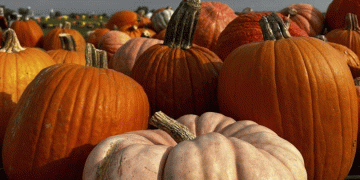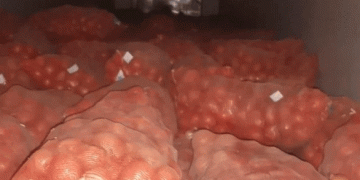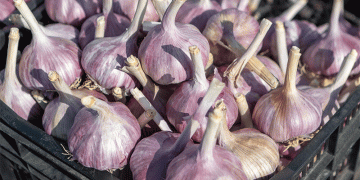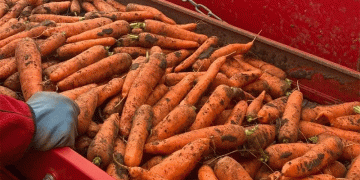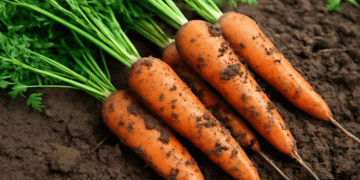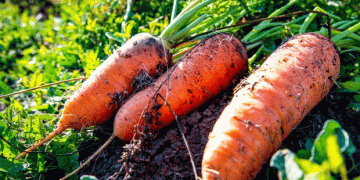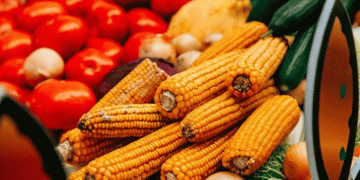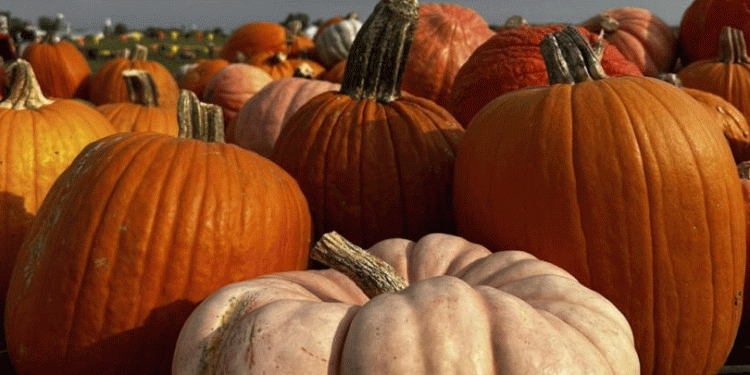When Lehner’s Pumpkin Farm in Central Ohio was recently named the best pumpkin patch in the nation by USA Today’s 10Best Readers’ Choice Awards, it wasn’t just a victory for a single farm; it was a case study in modern agricultural success. In an industry where “pumpkin patches are a dime a dozen,” standing out requires more than a field of orange gourds. It demands a deliberate and well-executed strategy that merges agricultural production with immersive entertainment and strategic marketing. For farmers, agronomists, and farm owners, the blueprint of Lehner’s success offers actionable insights into building a resilient, multi-revenue stream business.
The core of Lehner’s operation is a significant commitment to “pick-your-own” agriculture, spanning over 15 acres. This model, which offers everything from large carving pumpkins to specialized pie pumpkins, directly taps into the consumer desire for authenticity and connection to their food source. However, the farm’s true genius lies in its understanding that the pumpkin is the entry ticket, not the main event. The farm transforms a simple harvest into a full-day destination through a diverse portfolio of family-friendly activities, including pumpkin bowling, barrel rides, a corn maze, animal encounters, and a historic play village.
This diversified approach is critical in the competitive agritourism landscape. According to a 2023 report from the National Agricultural Statistics Service (NASS), farms with agritourism and recreational services reported an average of $57,000 in income from these activities, highlighting their significant contribution to farm viability. Furthermore, a study by IBISWorld indicates that the U.S. agritourism industry has grown at an annualized rate of 4.2% over the past five years, demonstrating sustained consumer demand for these experiences. Lehner’s success in being selected from a pool of 20 national finalists—beating out another local competitor, Sam’s Pumpkin Patch—underscores that a superior, integrated experience is what ultimately captures market share and customer loyalty.
The role of public recognition and marketing cannot be overstated. The USA Today 10Best award is not just a plaque on the wall; it is a powerful marketing tool. Earning such a title generates invaluable free publicity, enhances the farm’s brand reputation, and drives significant visitation. This kind of external validation acts as a force multiplier for the farm’s own marketing efforts, attracting a regional and even national audience far beyond its typical 45-minute radius from Columbus.
The story of Lehner’s Pumpkin Farm provides a clear lesson for the agricultural community: in today’s market, excellence is measured not just in yield-per-acre, but in experience-per-visitor. The “best” farms are those that successfully integrate core agricultural production with a compelling, diversified, and well-marketed customer experience. For agricultural engineers and farm owners, this means designing infrastructure for both crop growth and visitor flow. For agronomists, it involves selecting varieties that enhance the “pick-your-own” experience. And for all stakeholders, it emphasizes that investing in creating a memorable destination is a proven strategy for building a profitable, award-winning, and sustainable agricultural business.
